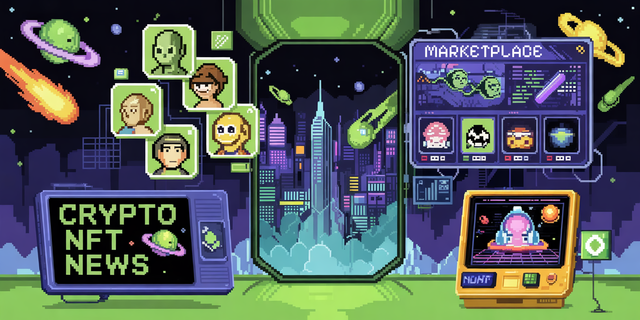Decentralized Decisions: Crypto Voting in the Age of Innovation
Decentralized Decisions: Crypto Voting in the Age of Innovation
The landscape of technological innovation is moving at a dizzying pace, and within this dynamic environment, decentralized governance is emerging as a critical component. For institutional investors and professionals navigating the complex crypto space, understanding crypto voting mechanisms is no longer optional. It’s about future-proofing investments and participating in the evolution of digital asset ecosystems.
Traditionally, decision-making in organizations, even those in the digital realm, has been centralized. However, the core ethos of blockchain technology is decentralization, and this principle extends directly into how projects are managed and developed. Crypto voting, often facilitated through token-based mechanisms, allows stakeholders to have a direct say in the direction of a protocol or platform. This isn't just about novelty; it's a tangible shift in power and influence.
Consider the world of Non-Fungible Tokens (NFTs), a burgeoning subcategory of collectibles. The value and future utility of an NFT project can be heavily influenced by community decisions. Whether it's approving roadmap updates, allocating treasury funds for new developments, or even deciding on the future artistic direction of a collection, token holders can wield significant power. Platforms offering digital asset services, like Nozbit, are part of a broader ecosystem that increasingly incorporates these governance features.
The mechanics of crypto voting can vary. Some projects utilize a simple one-token-one-vote system. Others implement more sophisticated models, perhaps weighting votes based on the duration a token has been held or introducing quadratic voting to prevent whale manipulation. It’s a space where experimentation is constant. Well, the goal is to find the fairest and most effective representation of the community's will. Not all systems are perfect, of course.
For institutions, this presents both opportunities and challenges. On one hand, it offers a more transparent and participatory way to engage with digital assets, ensuring investments align with community values. On the other, it requires due diligence to understand the governance structure, the potential for apathy or voter collusion, and the actual impact of voting outcomes. It’s not the full picture, but a significant part of it.
The integration of governance into blockchain solutions, such as those offered by Nozbit, is a testament to this evolving trend. It signals a maturation of the market, where the focus shifts from pure speculation to active participation and long-term stewardship. Think about how this impacts the collectibles market: a community empowered to guide the evolution of their favorite NFT project is likely to be more engaged and invested in its success. This is crucial during periods of rapid technological innovation, where adaptability and collective intelligence are paramount.
Actually, let me rephrase. While traditional voting might seem straightforward, crypto voting is an ongoing experiment. The incentives for participation, the security of the voting process, and the legal implications are all under active development. However, the underlying trend is clear: decentralized decision-making is becoming more integral to the value proposition of many crypto projects. This model, allowing for direct input, might attract a broader investor base looking for more than just passive asset ownership; it’s about being part of something.
The challenge for platforms like Nozbit and the broader industry is to build robust, user-friendly, and secure voting systems that truly empower communities. As innovation continues, expect to see more sophisticated governance models emerge, further blurring the lines between investors and active contributors in the digital economy.
